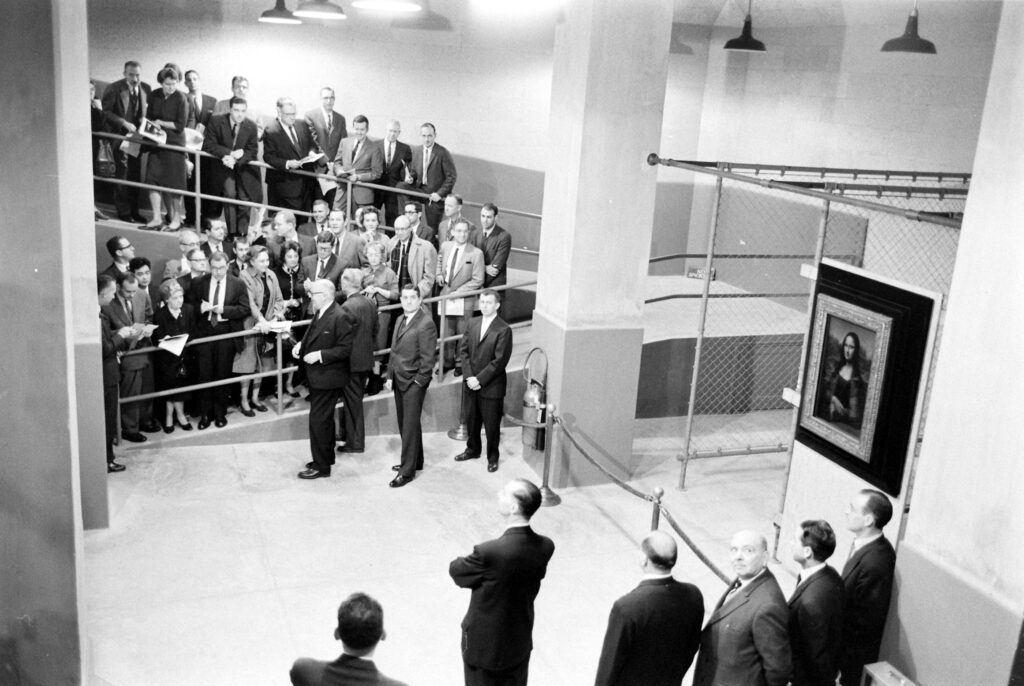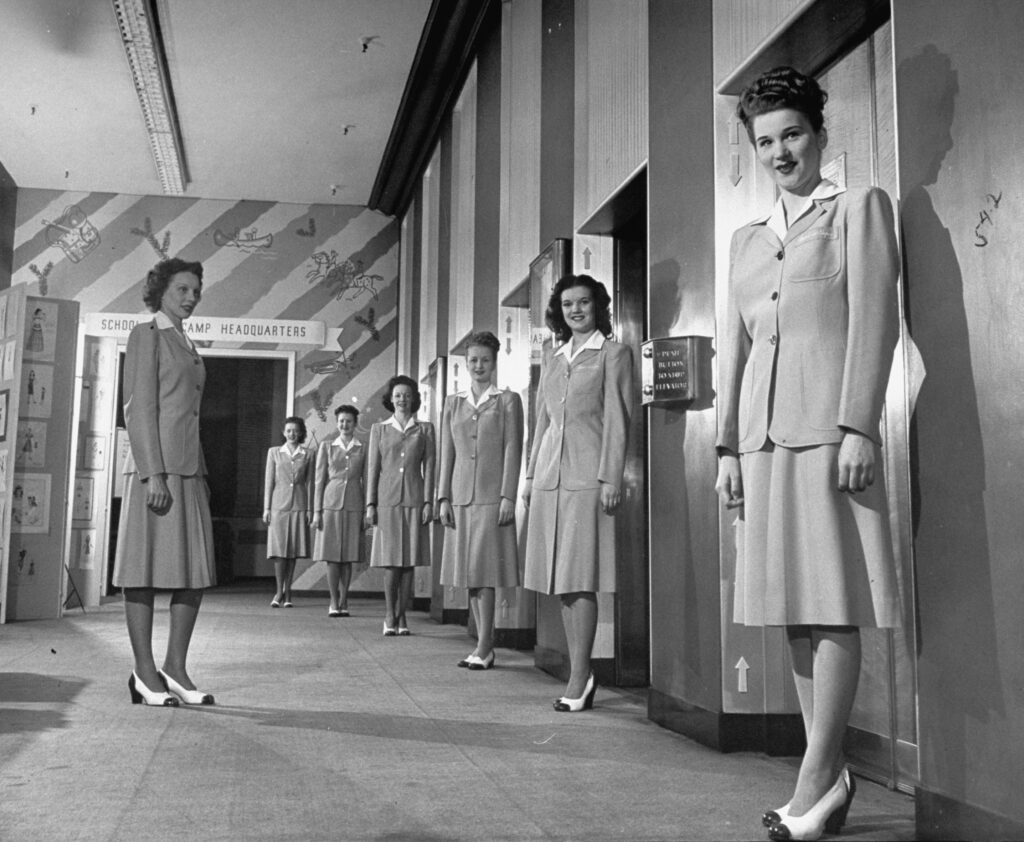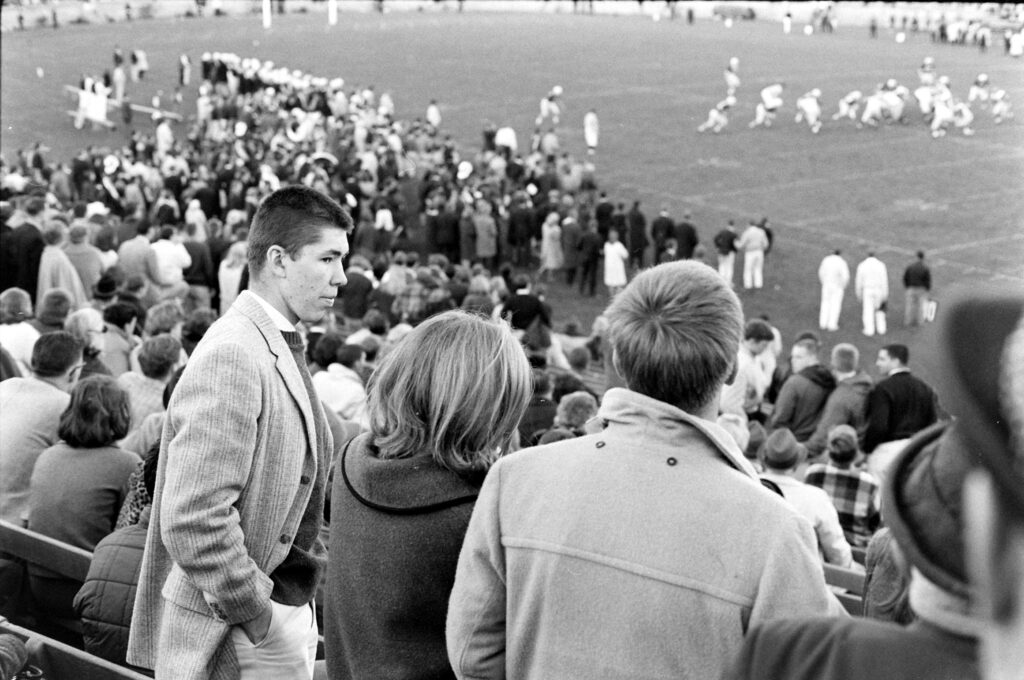The fight of the Little Rock Nine to integrate Central High School in Arkansas in 1957 is one of the defining moments of the civil rights movement. LIFE chronicled the Black students’ courage in the face of resistance as they made they way to class, and returned the next year when the first of those Black students graduated.
And in 1967 LIFE was back to Central High to ask—ten years later, how’s it going?
The answer was more complicated than the question. The story, illustrated with photos by Bill Eppridge, led with the positive news, which was that Black students had greater opportunities than they did ten years prior. As LIFE put it in 1967, “the breakthrough has been made”:
In the decade since integration was forced on Little Rock, Negroes have worked a revolution in Southern schools, achieving success and hope at a rate that would have seemed pure fantasy when it all got started. The success has been hard won, and Little Rock’s progress is matched in only a few places in the South. The number of Negroes in white schools is still minute in the really deep South—MIssissippi, Louisiana, Alabama, South Carolina, Georgia—and still very modest in the surrounding states. Negro children in integrated schools have been beaten and shots have been fired into their parents’ homes. The old spirit of official resistance still exists in Alabama, where the legislature passes laws against integration. But all the same, the breakthrough has been made. Special programs are reaching the terribly disadvantaged child. There is a flavor of success and bright new spirits about this coming Negro generation—and it reaches far beyond the schools themselves.
But while formal segregation was on its way out, LIFE reported that true integration was still a long way off. David Baer, a white student at Central High who was the editor of the school newspaper, said of his Black classmates, “We don’t associate with them. We don’t invite them to our parties. We just both go to the same school, that’s all.”
Ed Whitfield, a Black student who excelled in the classroom and in sports, was frustrated by the reality of everyday life at Central High. “People are a lot less human than I thought they’d be,” he said. “When we first came to the school, whites were polite when we sat at their lunch tables. They stayed to themselves but didn’t get up and leave. But after a few months they started moving when we sat down. That’ll get to you a little. You can have a halfway decent opinion of yourself until people leave the table when you approach.”
In addition to revisiting Little Rock, Eppridge traveled across the South for a wide-ranging photo essay on the state of education for Black students. Eppridge brought his camera to schools in Louisiana, South Carolina and Alabama that were taking first steps toward desegregation. He also chronicled how Head Start, a federal program launched in 1965 to help low-income children, was boosting impoverished Black communities. Eppridge also went to schools in Tennessee, Louisiana, and North Carolina where, as the headline put it, “Teachers Reach Children with Affection and New Ways.”
Eppridge’s photos throughout the essay are uniformly beautiful, even if that was not always true of the reality they captured.

Black students gathered on front steps of Little Rock’s Central High School in 1967, ten years after the school was desegregated, 1967.
Bill Eppridge/Life Picture Collection/Shutterstock

Mrs. Opal Harper, an English instructor, was one of five Black teachers at Central High School in Little Rock in 1967, ten years after the school’s integration.
Bill Eppridge/Life Picture Collection/Shutterstock

Coral Lee Mercer, the only Black member of the High Steppers at Little Rock’s Central High, instructed two classmates trying out for a spot, 1967.
Bill Eppridge/Life Picture Collection/Shutterstock

Henry Hall was one of many Black members of a school band at Central High School in Little Rock in 1967, ten years after the school was desegregated.
Bill Eppridge/Life Picture Collection/Shutterstock

Teacher Bonnie Polk instructed Patricia Dukes during archery class at Central High School in 1967, ten years after the school was desegregrated.
Bill Eppridge/Life Picture Collection/Shutterstock

Bill Brooks, a star in track and in football, was congratulated by teammates at Little Rock’s Central High, ten years after the school was desegregated.
Bill Eppridge/Life Picture Collection/Shutterstock

Bill Brooks, a track and football star at Little Rock’s Central High School, drove off the blocks on his way to winning the 100-yard dash, 1967. Black athletes such as Brooks found the process of integration easier than most classmates, LIFE reported in 1967.
Bill Eppridge/Life Picture Collection/Shutterstock

Students at Little Rock’s Central High School in line at cafeteria, 1967.
Bill Eppridge/Life Picture Collection/Shutterstock

At the recently desegregated Lusher School in New Orleans, three boys walked through the playground together, 1967.
Bill Eppridge/Life Picture Collection/Shutterstock

At the Richards School in Florence, Ala. in 1967, LIFE reported that integration was going smoothly, despite resistance to the movement at the state level.
Bill Eppridge/Life Picture Collection/Shutterstock

Foster Shockley attended to students in his kindergarten class in the privately financed Nashville Education Project for disadvantaged children, 1967.
Bill Eppridge/Life Picture Collection/Shutterstock

Student Ann Taylor (left) studied the gestures of her dance teacher Alice Condodina at the North Carolina School of the Arts, 1967.
Bill Eppridge/Life Picture Collection/Shutterstock

Children dashed for school buses in the recently desegregrated schools in Ruby, S.C., 1967.
Bill Eppridge/Life Picture Collection/Shutterstock

Children played on an improvised jungle gym made with tree branches and tin cans at the Mt. Pugh Head Start center in Mississippi, 1967.
Bill Eppridge/Life Picture Collection/Shutterstock

At a school in New Orleans, students dried their artwork by blowing on it, 1967.
Bill Eppridge/Life Picture Collection/Shutterstock

Children played basketball at the True Light Baptist Church Center in Glen Allan, Mississippi, 1967.
Bill Eppridge/Life Picture Collection/Shutterstock

Actress June Havoc discussed theater with members of the drama class at desegregated McDonough 35 School in New Orleans, 1967.
Bill Eppridge/Life Picture Collection/Shutterstock

























